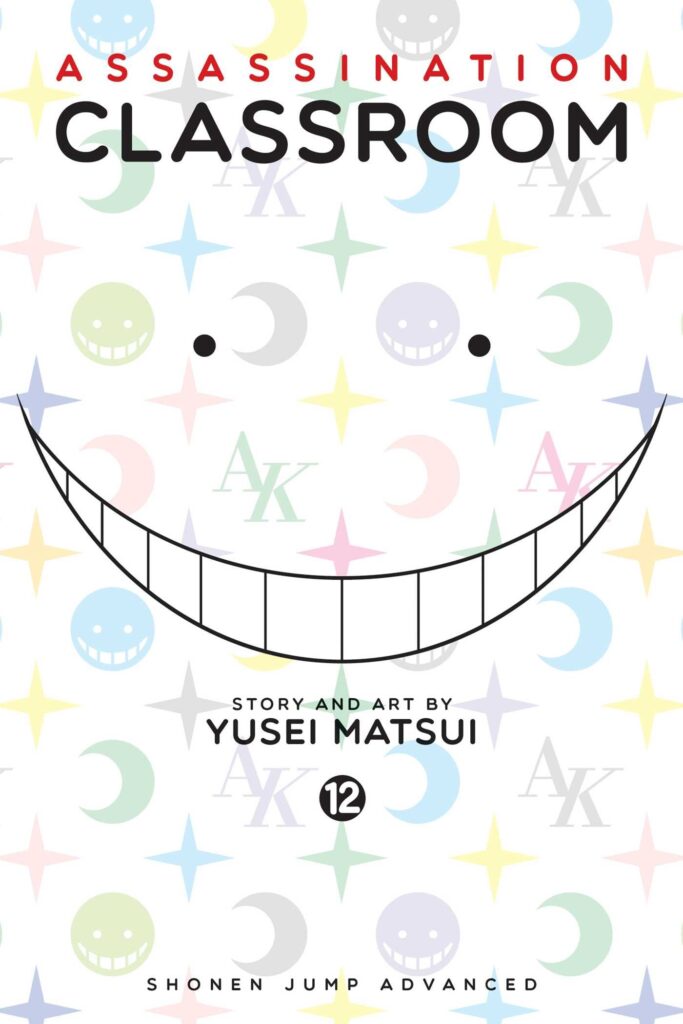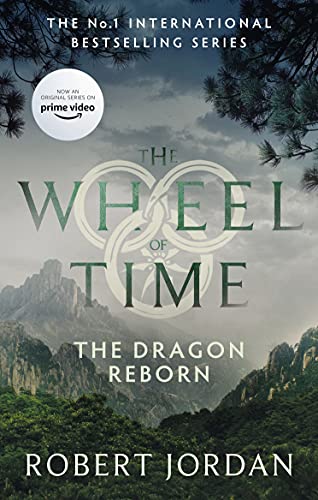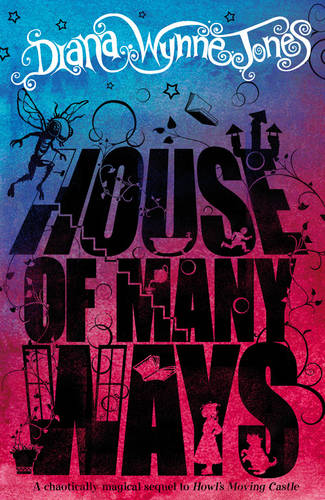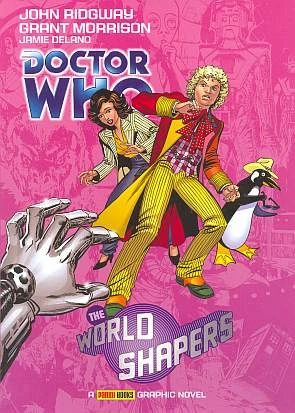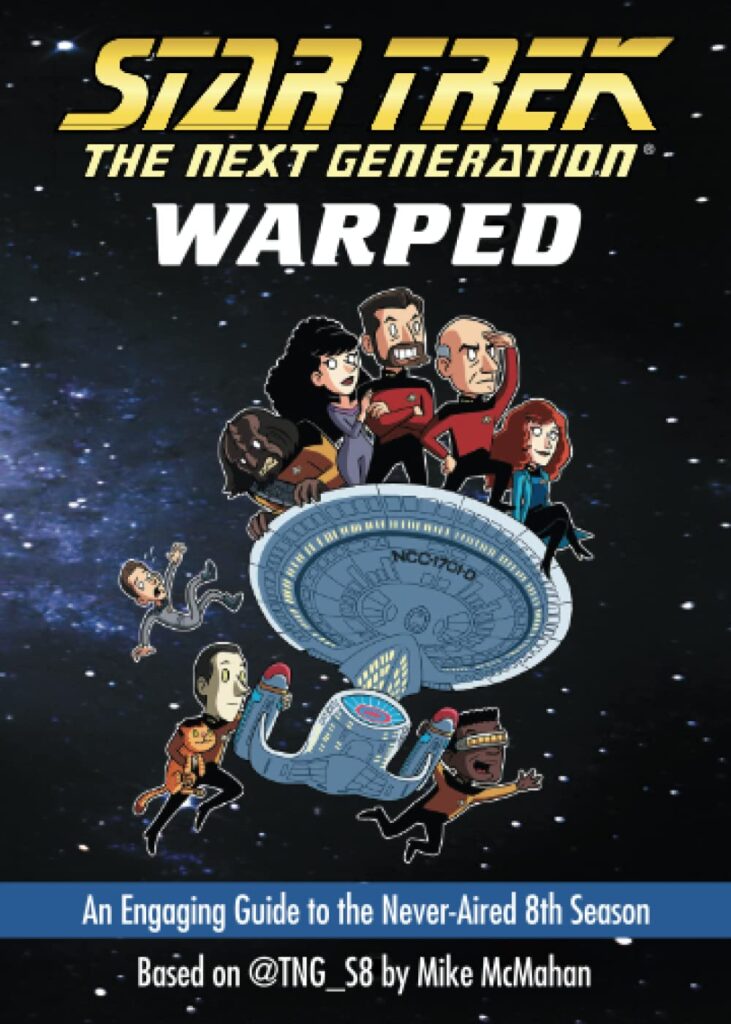This is the second volume of the Sixth Doctor’s adventures in Doctor Who Magazine. Along with Peri and Frobisher, the Doctor has some pretty cool adventures in this one – with my favourite seeing the return of Jamie McCrimmon alongside the Cybermen.
Here’s an overview of each story in the collection.
Exodus by Alan McKenzie
This is a story mostly set inside the TARDIS and I always enjoy stories that do that. While clearing up, the Doctor and friends discover a ship full of refugees hiding within the ship – which of course presents quite a mystery. It’s a cool concept and sets of the storyline for the next couple of strips too.
Revelation! by Alan McKenzie
Where did the refugees come from in the previous story? The Doctor, Peri, and Frobisher travel to the planet Sylvaniar to find out what was going on at their home planet. Here they become enthralled in a murder mystery with scientists. The ending included an unexpected appearance of an old foe…
Genesis! by Alan McKenzie (adapted by John Ridgway)
The Cybermen were behind the problems on Sylvaniar and now they must be stopped! This last story actually felt like a little bit of an anticlimax – both in the way that the Cybermen were used and in how they were defeated. It’s still nice to see them though, drawn in their classic 80s design.
Nature of the Beast! by Simon Furman
Basically, it’s a story of the TARDIS team coming up against a werewolf-like creature – except that while it might be expected to follow a fairly generic plot trajectory, it ends up having a rather interesting twist. A good, fun, standalone adventure.
Time Bomb by Jamie Delano
The Doctor and Frobisher have left Peri to see a baseball game, and while she does that, the TARDIS is attacked by a time cannon. With temporal weapons involved, all of the structure of history is on the line – and indeed, the natural history of Earth, along with Peri, actually seems to be been lost due to interference. A good high-steaks story based around interesting concepts.
Salad Daze by Simon Furman
After Peri’s absence from the last story, Frobisher is absent from this one. Peri tries to encourage the Doctor to eat healthy food, but he acts like a child and doesn’t want to, so he then uses a device that causes Peri to enter a fantasy world where she is terrorised by salad, so when she comes back, she’s less keen on it. A really silly one, but I can’t help but feel fond of it precisely because it is so silly.
Changes by Grant Morrison
A really cool story about a shape-shifting predator getting loose in the TARDIS. All the action takes place in the ship and I think it was definitely an influence on what came later – specifically, there was a moment that strongly reminded me of Journey to the Centre of the TARDIS. Meanwhile, it also introduces the TARDIS zoo, which is a collection of endangered animals that the Doctor has saved from extinction so that he can eventually rehome them. My second favourite in the collection.
Profits of Doom by Mike Collins
The Doctor, Peri, and Frobisher arrive on a colony ship filled with humans in suspended animation – in theory they are going to make a home on a new world, but the reality is that they’ve been set up for another purpose. Not bad by any means, but one of the least exciting stories in the collection.
The Gift by Jamie Delano
The story is all about robots, with a society on the brink of collapse because of them self-replicating. I thought the backstory of the robots was well written out and the setting well-developed. It definitely helped that this was one of the longer ones in the collection. Probably my third favourite of them all.
The World Shapers by Grant Morrison
This was my favourite story in this volume. It not only sees the return of Jamie McCrimmon, but also the Cybermen. There are some hugely unexpected revelations about the planet Marinus, and a couple about the Cybermen – one of which completely changes the way I see them altogether. Very out there, but very cool. It also ends on a sombre note, and is one of the rare few stories to have been acknowledged within the TV show itself. A must-read.
It is notable that Grant Morrison, who happens to be a legend in the comics world, is the one who wrote the two best comics in the collection, but it is not a coincidence by any means. The Sixth Doctor, Peri, and Frobisher are a fun TARDIS team and it’s sad to see their time together come to an unceremonious end in this volume – it’s a quirky and unique part of Doctor Who history and one I definitely recommend to fans. As a nice little treat, it also includes an in-character interview with Frobisher which was fun to read.
Rating: 8.4/10






